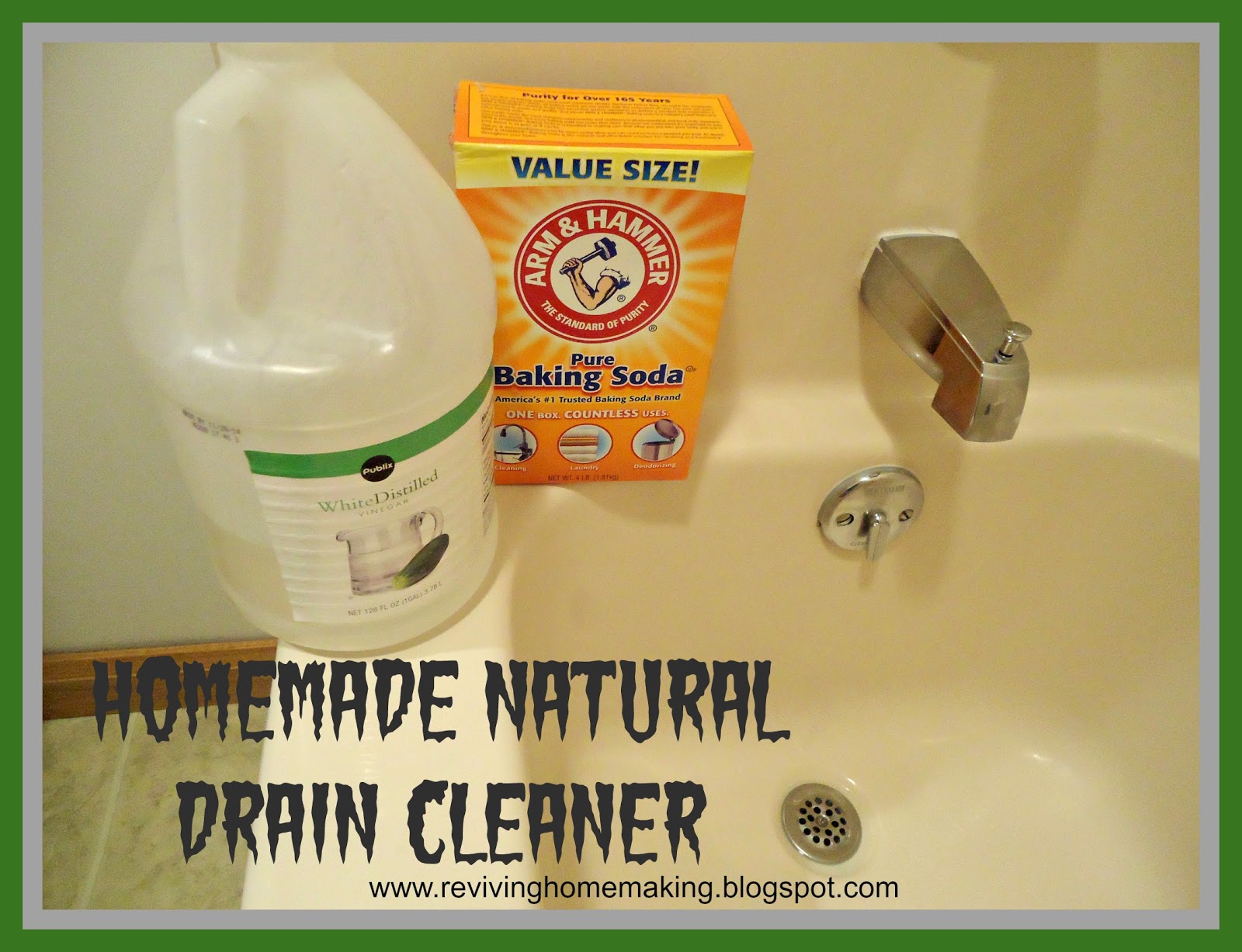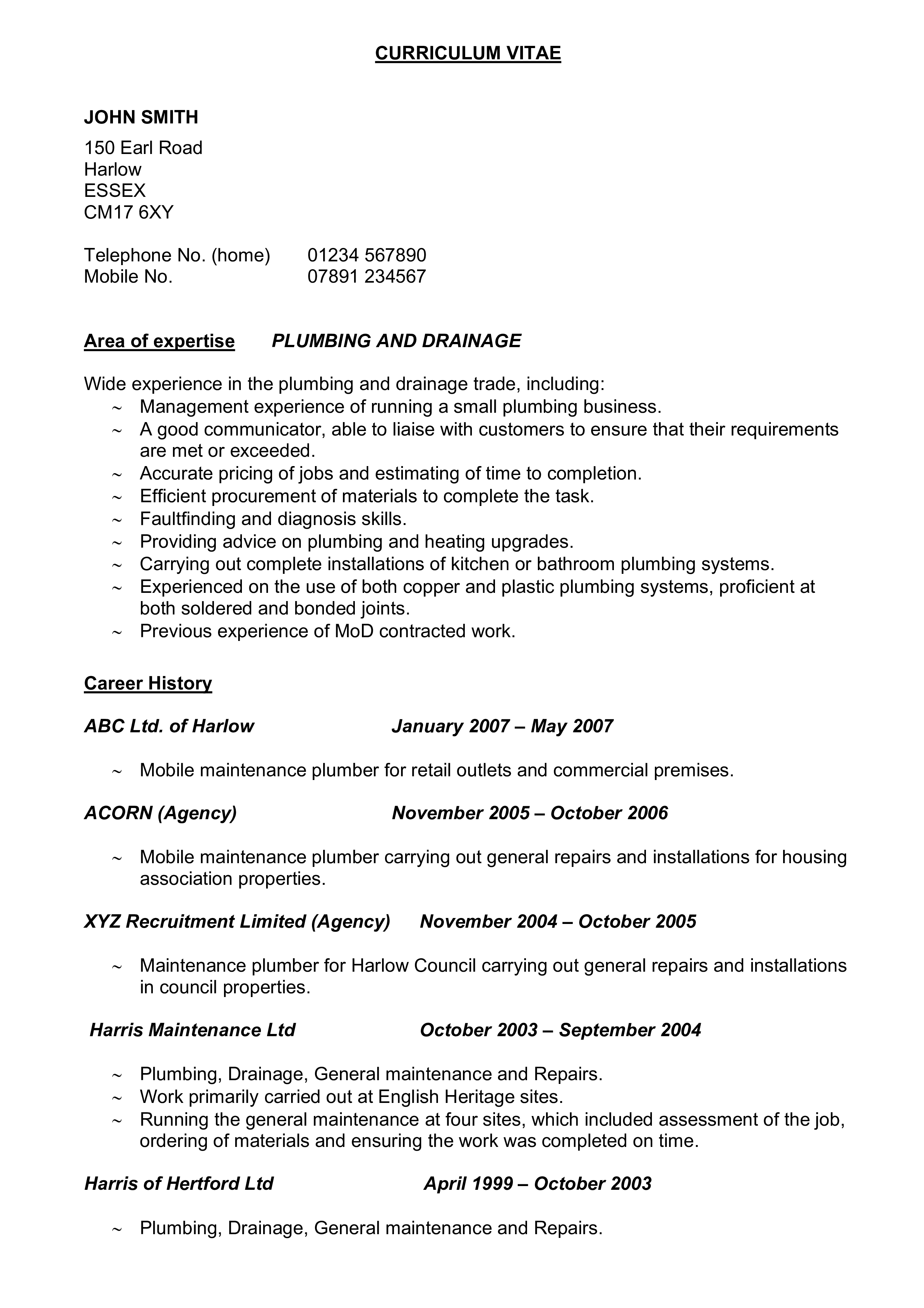If you're dealing with a clogged kitchen sink, one of the first tools you should reach for is a plunger. This simple, yet effective tool creates suction and pressure to dislodge any blockages in your drain. To use a plunger on a kitchen sink, first remove any standing water from the sink. Then, place the plunger over the drain and push down and pull up in a rapid motion. This will create a pressure and suction that can help to loosen and remove whatever is causing the blockage. Repeat this process a few times and then run hot water to see if the clog has been cleared.1. Use a Plunger
Another simple and easy way to unclog a kitchen sink is by pouring boiling water down the drain. This method is especially effective for clogs caused by grease or food buildup. Boil a pot of water and carefully pour it down the drain in two to three stages, allowing a few seconds in between each pour. The hot water can help to melt and break down any grease or food particles that are causing the blockage. However, be cautious when using this method on a sink with a porcelain or plastic basin, as the extreme temperature could cause damage.2. Pour Boiling Water Down the Drain
For a natural and chemical-free way to unclog your kitchen sink, try using a combination of baking soda and vinegar. Start by pouring half a cup of baking soda down the drain, followed by half a cup of vinegar. The chemical reaction between the two will create a foaming action that can help to break down and dislodge any clogs. Let the mixture sit for about 10 minutes before pouring hot water down the drain to flush out the clog.3. Use a Mixture of Baking Soda and Vinegar
If the above methods are not successful, you may need to use a drain snake to physically remove the blockage. A drain snake, also known as a plumbing auger, is a long, flexible tool with a spiral end that can be inserted into the drain to reach and remove the clog. Simply insert the snake into the drain and rotate it until you feel resistance, then continue to push and rotate to break up the clog. Once you feel the clog has been cleared, run hot water to flush out any remaining debris.4. Try a Drain Snake
If you have a wet/dry vacuum, it can also be a useful tool for unclogging a kitchen sink. First, set the vacuum to the wet setting and cover the vent to create suction. Place the hose over the drain and turn on the vacuum. The suction can help to pull out any debris or blockages that are causing the clog. Once you feel the clog has been removed, run hot water to flush out the drain.5. Use a Wet/Dry Vacuum
If the above methods are not successful, you may need to resort to using a chemical drain cleaner. However, these products should be used with caution as they can be harmful to your pipes and the environment. Follow the instructions on the product carefully and make sure to wear protective gloves and eye wear. Pour the recommended amount of cleaner down the drain and let it sit for the specified time before flushing it out with hot water. If the clog is still present, you may need to repeat the process or consider using a different method.6. Use a Chemical Drain Cleaner
The P-trap, also known as the U-bend, is a curved pipe underneath your kitchen sink that is designed to trap debris and prevent it from entering the main drain line. However, this trap can also become clogged with food particles, grease, or other debris. To clean the P-trap, place a bucket underneath to catch any water and debris, then use a wrench to loosen and remove the trap. Clean out any debris and reattach the trap, making sure it is securely tightened. Run hot water to test if the clog has been cleared.7. Remove and Clean the P-Trap
If the clog is located further down the drain line, you may need to use a plumbing auger to reach and remove it. This tool is similar to a drain snake but is longer and more heavy-duty. Insert the auger into the drain and rotate it until you feel resistance. Then, continue to push and rotate to break up the clog. Once you feel the clog has been cleared, run hot water to flush out any remaining debris.8. Use a Plumbing Auger
If you prefer to use natural and chemical-free methods, you can make your own drain cleaner using household ingredients. A mixture of equal parts salt, baking soda, and vinegar can create a powerful and effective solution for unclogging a kitchen sink. Pour the mixture down the drain and let it sit for about 10 minutes before flushing it out with hot water. This can help to break down and remove any stubborn clogs.9. Try a Homemade Drain Cleaner
If all else fails, it may be time to call in a professional plumber. They have the tools and expertise to quickly and effectively unclog your kitchen sink. They can also identify and fix any underlying issues that may be causing frequent clogs. While it may be a more expensive option, it can save you time and hassle in the long run. In conclusion, dealing with a clogged kitchen sink can be a frustrating and messy problem. However, with these top 10 best ways to unplug a kitchen sink, you can quickly and easily clear any clogs and get your sink back to working properly. Whether you choose a plunger, chemical drain cleaner, or call a professional, these methods can help to keep your kitchen sink running smoothly.10. Call a Professional Plumber
Additional Body Paragraph:

Importance of Maintaining a Clear and Functional Kitchen Sink
 Having a clogged kitchen sink can be a major inconvenience and disrupt daily household activities. It can also lead to unpleasant odors and potential damage to your plumbing system. That's why it's important to regularly
clean and maintain
your kitchen sink to prevent clogs and keep it functioning properly.
One of the
best ways to unplug
a kitchen sink is to use a plunger. This is a simple and effective tool that can help dislodge any blockages in your drain. Begin by filling the sink with enough water to cover the rubber part of the plunger. Place the plunger over the drain and firmly push down and pull up, creating a suction that can help break up the clog. Repeat this motion several times until the water starts to drain.
If the plunger method doesn't work, you can also try using a
homemade solution
of baking soda and vinegar. Mix equal parts of baking soda and vinegar in a cup and pour it down the drain. Let it sit for about 30 minutes before pouring hot water down the drain to flush out the clog.
For more stubborn clogs, you may need to use a
drain snake
or a
chemical drain cleaner
. A drain snake is a long, flexible tool that can reach deep into your pipes to remove any debris. Chemical drain cleaners can also be effective, but they should be used with caution as they can be harmful to your pipes and the environment.
Prevention is key when it comes to
maintaining a clear and functional kitchen sink
. Avoid pouring grease, oil, and food scraps down the drain as they can easily cause clogs. You can also use a
drain strainer
to catch any large food particles and regularly clean it out.
In addition to these methods, it's important to
regularly clean and maintain
your kitchen sink to prevent clogs. This includes using a mild soap and warm water to scrub the sink and regularly pouring boiling water down the drain to help prevent build-up.
In conclusion, a clogged kitchen sink can be a major nuisance, but with the right tools and preventative measures, it can easily be resolved. By regularly cleaning and maintaining your sink and using effective methods to unplug any clogs, you can ensure that your kitchen sink remains
clear and functional
for all your daily needs.
Having a clogged kitchen sink can be a major inconvenience and disrupt daily household activities. It can also lead to unpleasant odors and potential damage to your plumbing system. That's why it's important to regularly
clean and maintain
your kitchen sink to prevent clogs and keep it functioning properly.
One of the
best ways to unplug
a kitchen sink is to use a plunger. This is a simple and effective tool that can help dislodge any blockages in your drain. Begin by filling the sink with enough water to cover the rubber part of the plunger. Place the plunger over the drain and firmly push down and pull up, creating a suction that can help break up the clog. Repeat this motion several times until the water starts to drain.
If the plunger method doesn't work, you can also try using a
homemade solution
of baking soda and vinegar. Mix equal parts of baking soda and vinegar in a cup and pour it down the drain. Let it sit for about 30 minutes before pouring hot water down the drain to flush out the clog.
For more stubborn clogs, you may need to use a
drain snake
or a
chemical drain cleaner
. A drain snake is a long, flexible tool that can reach deep into your pipes to remove any debris. Chemical drain cleaners can also be effective, but they should be used with caution as they can be harmful to your pipes and the environment.
Prevention is key when it comes to
maintaining a clear and functional kitchen sink
. Avoid pouring grease, oil, and food scraps down the drain as they can easily cause clogs. You can also use a
drain strainer
to catch any large food particles and regularly clean it out.
In addition to these methods, it's important to
regularly clean and maintain
your kitchen sink to prevent clogs. This includes using a mild soap and warm water to scrub the sink and regularly pouring boiling water down the drain to help prevent build-up.
In conclusion, a clogged kitchen sink can be a major nuisance, but with the right tools and preventative measures, it can easily be resolved. By regularly cleaning and maintaining your sink and using effective methods to unplug any clogs, you can ensure that your kitchen sink remains
clear and functional
for all your daily needs.


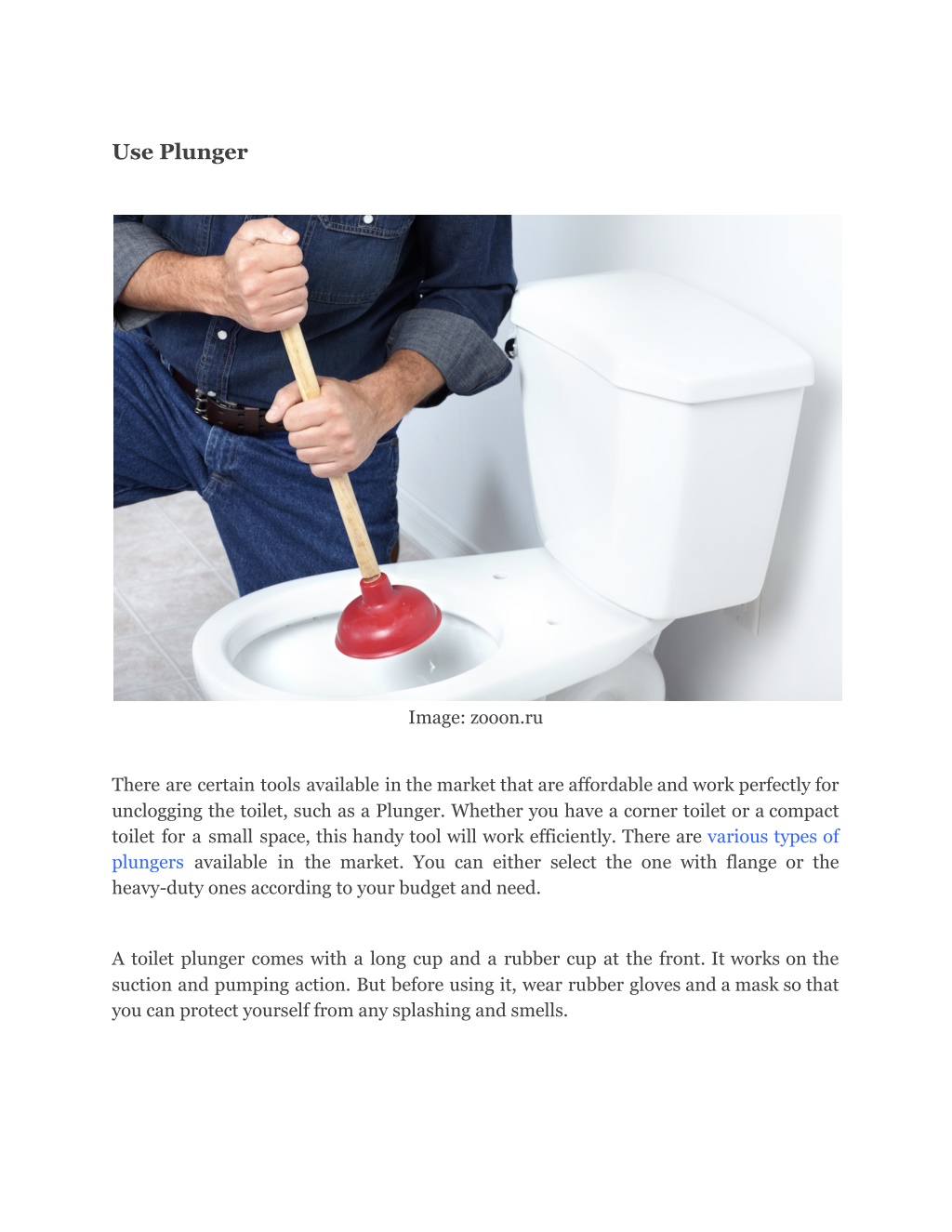
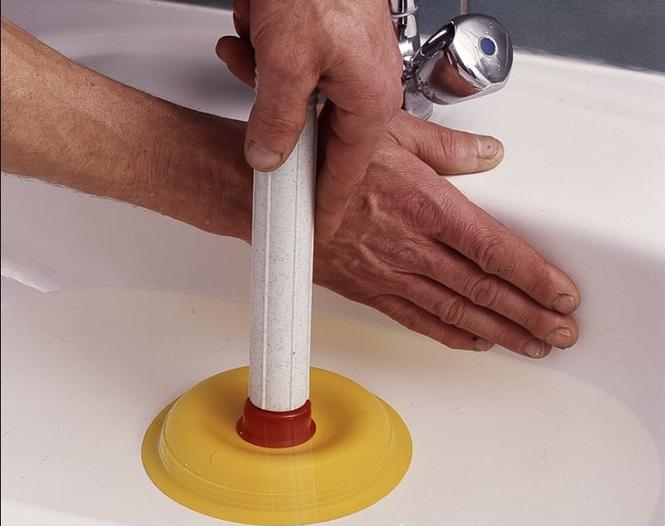

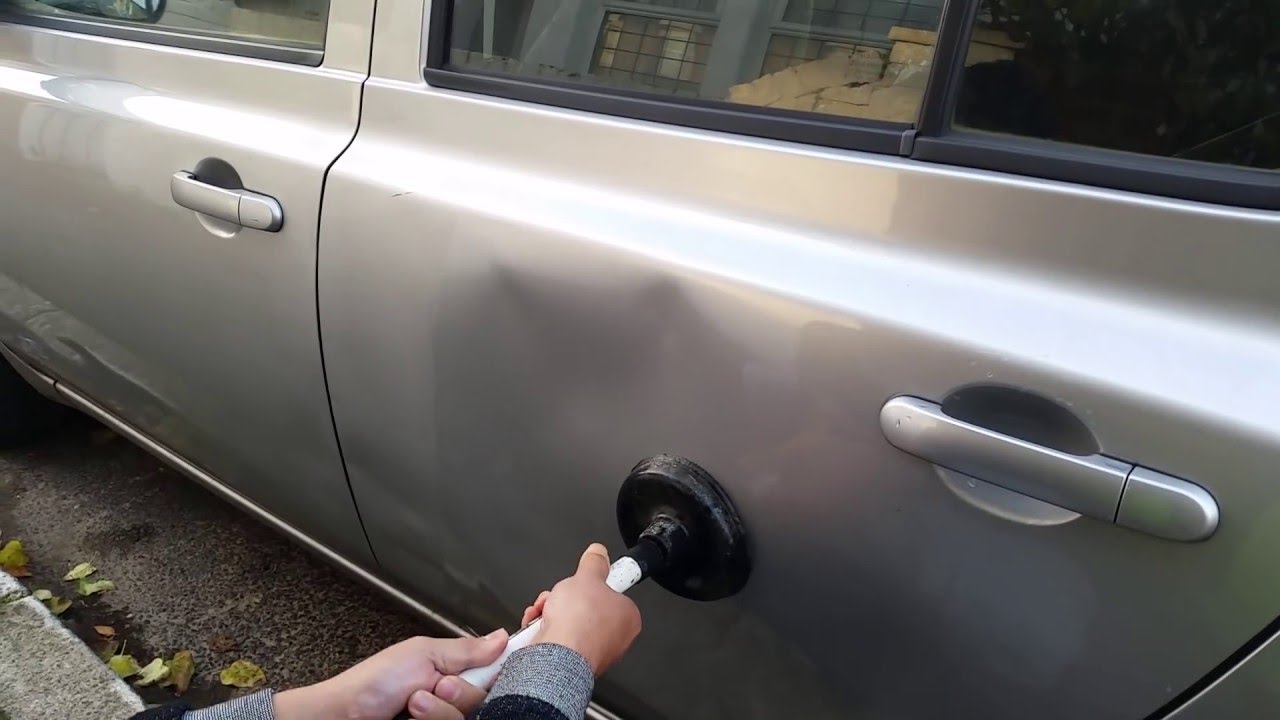
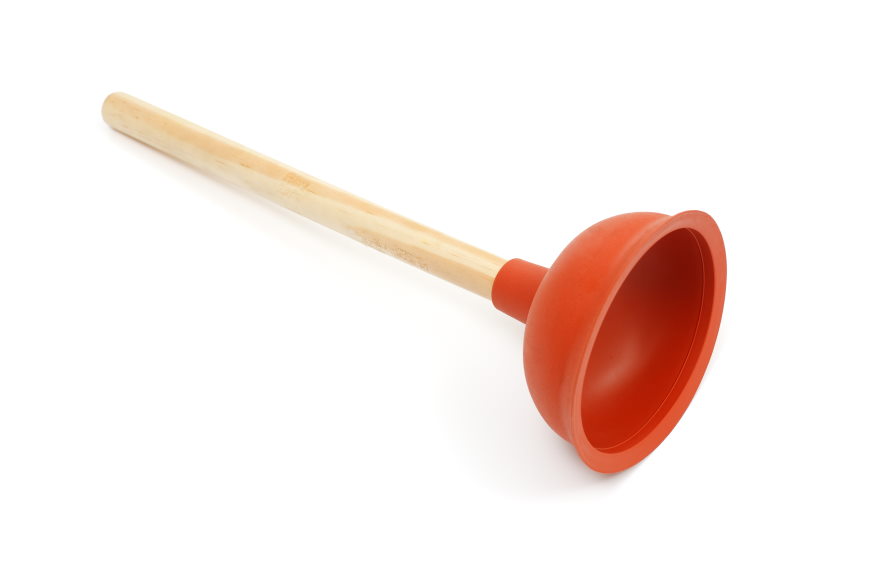

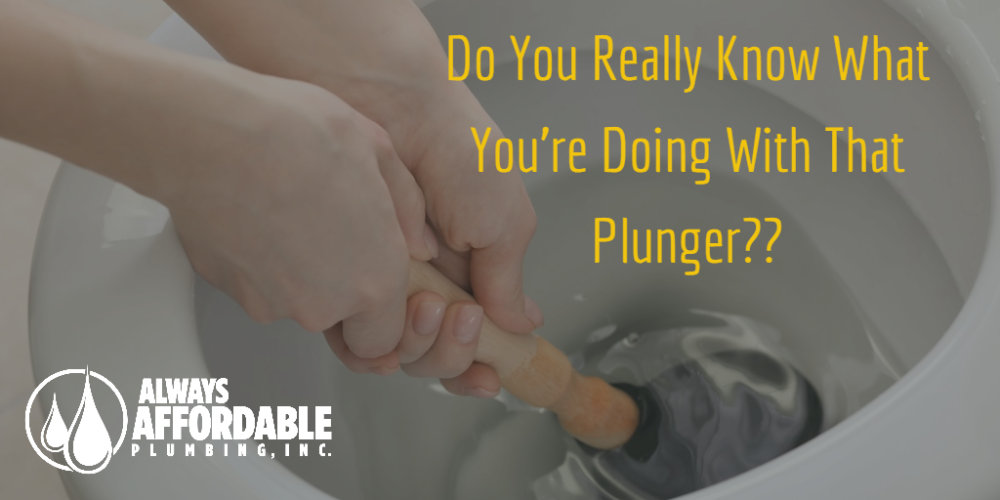



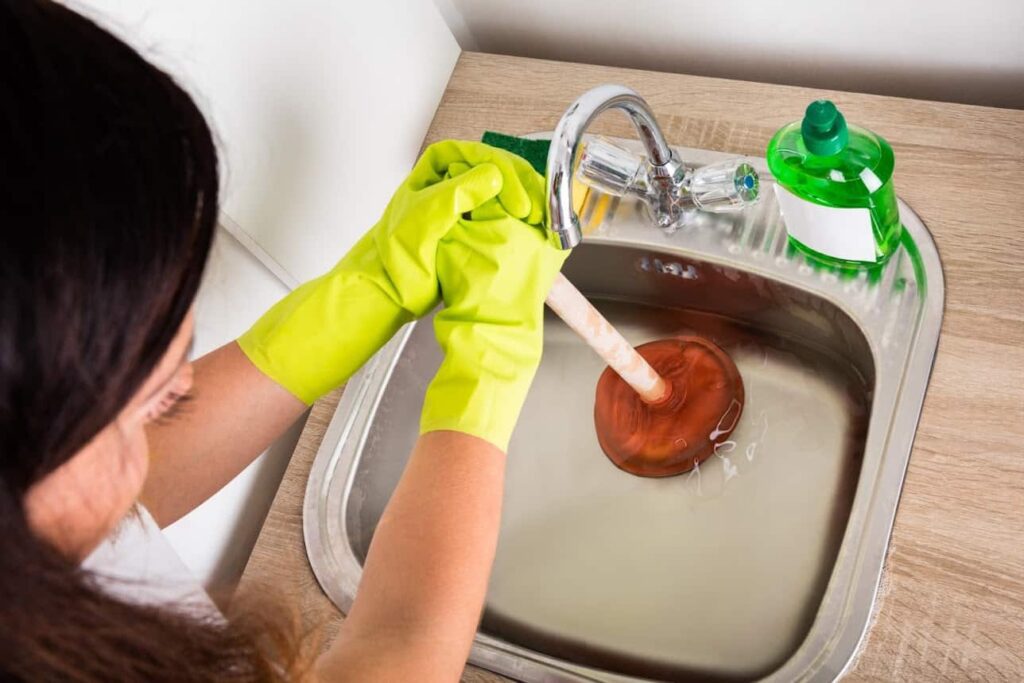



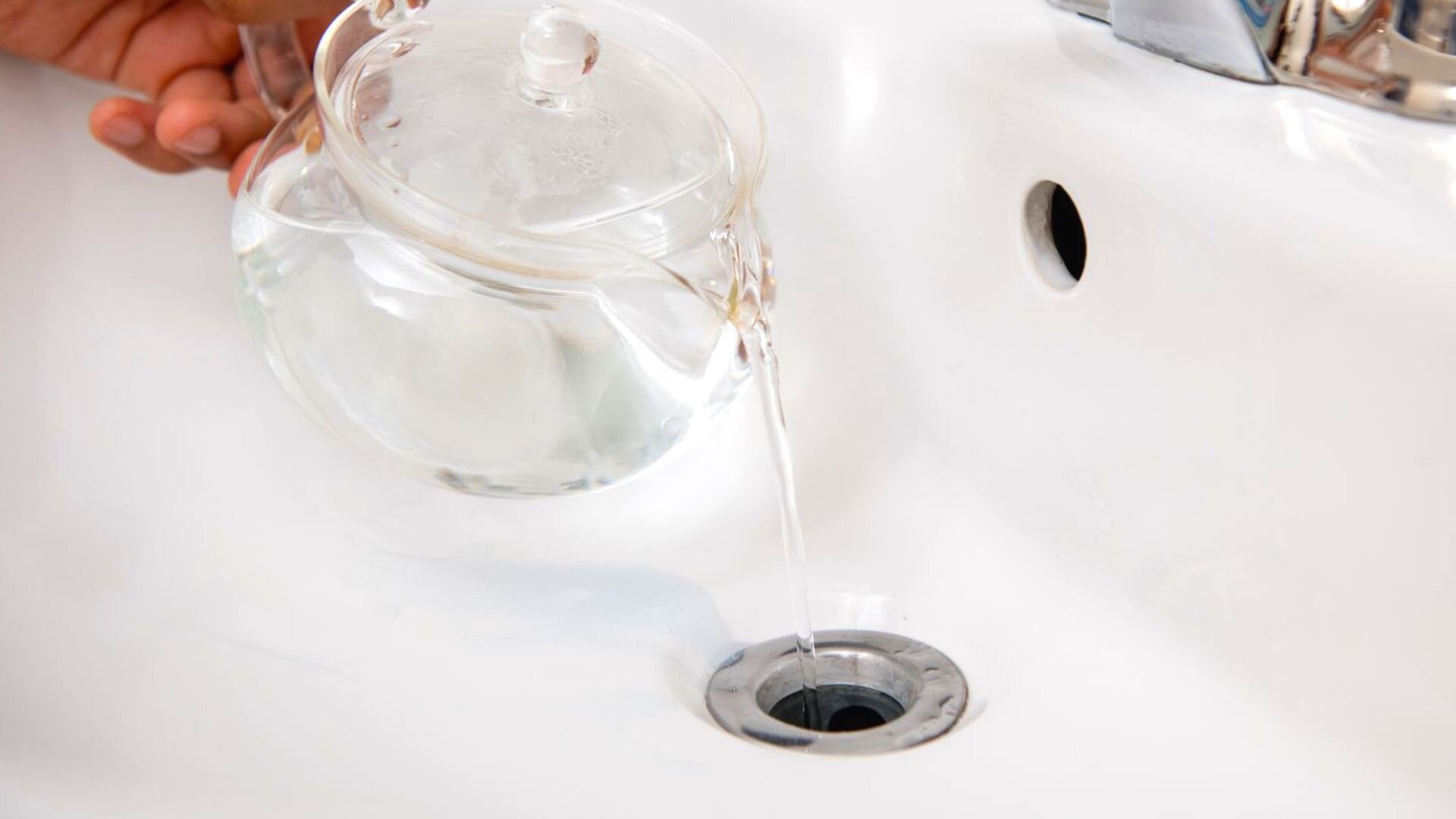
:max_bytes(150000):strip_icc()/freshen-and-unclog-drain-with-baking-soda-1900466-16-431f7b407df349bc828de3c00fe29007.jpg)
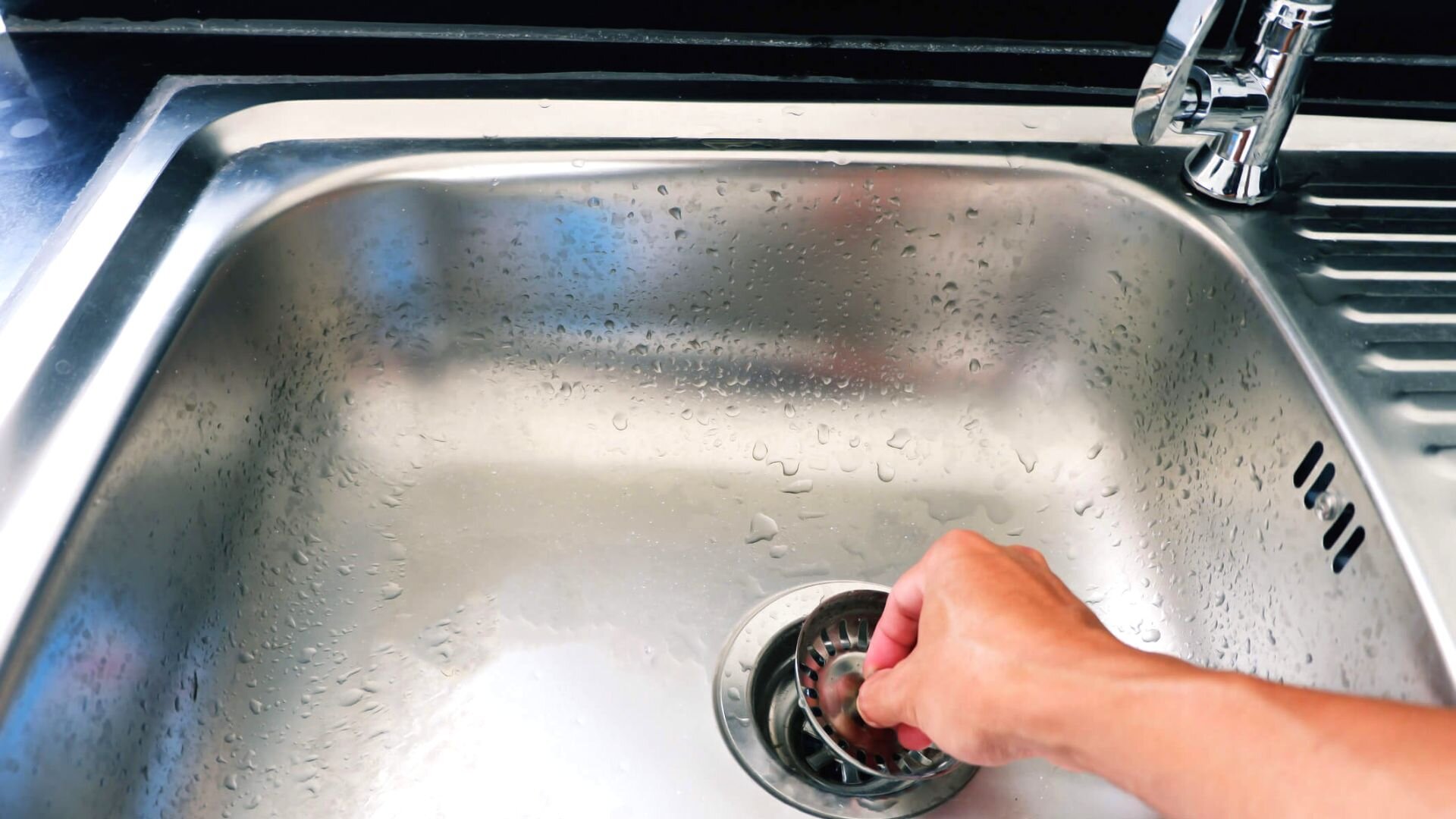

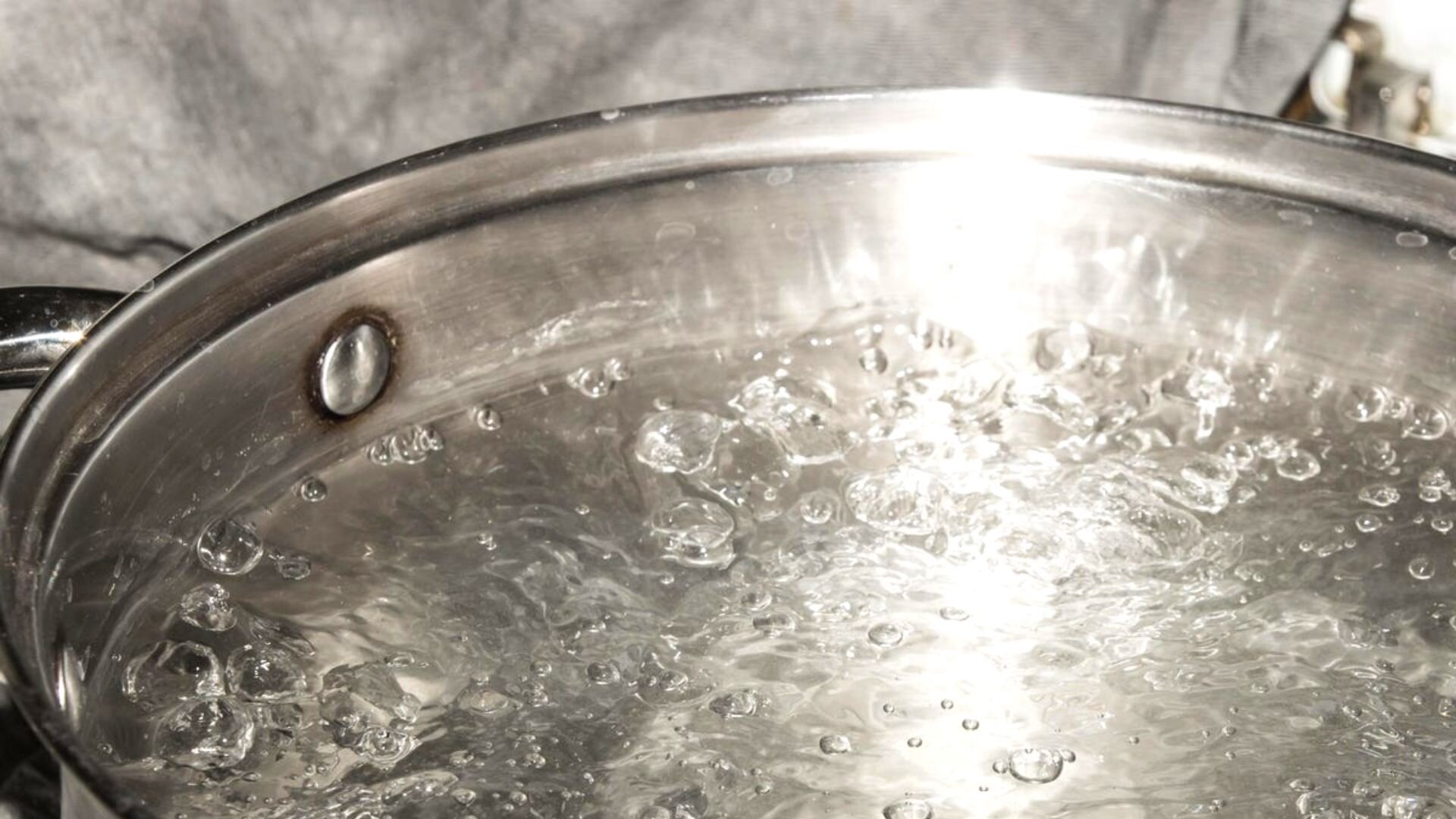


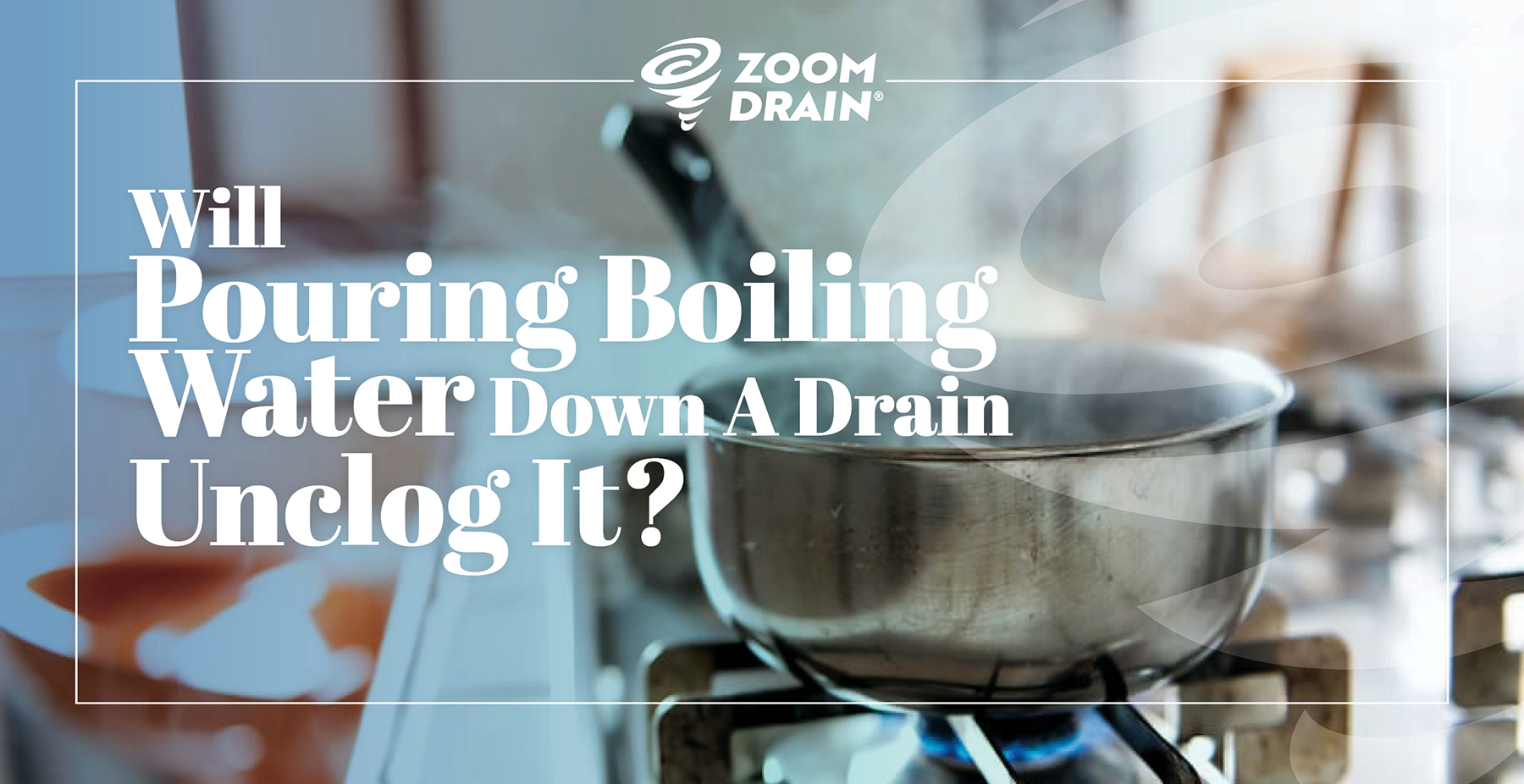
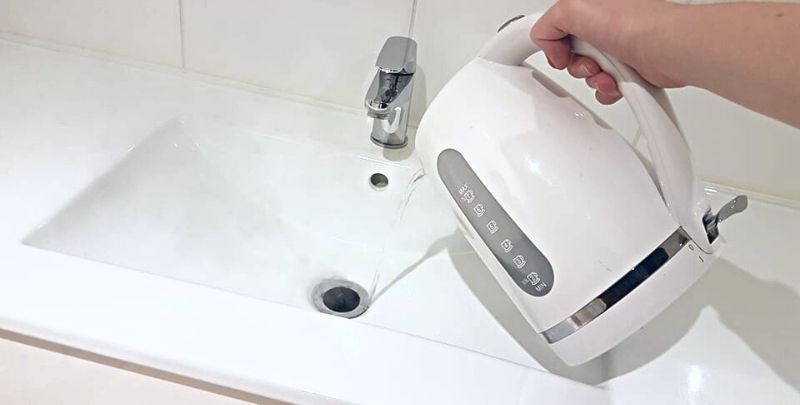
:max_bytes(150000):strip_icc()/GettyImages-1459148353-279aed56a15749c2a7310a882dbe3571.jpg)







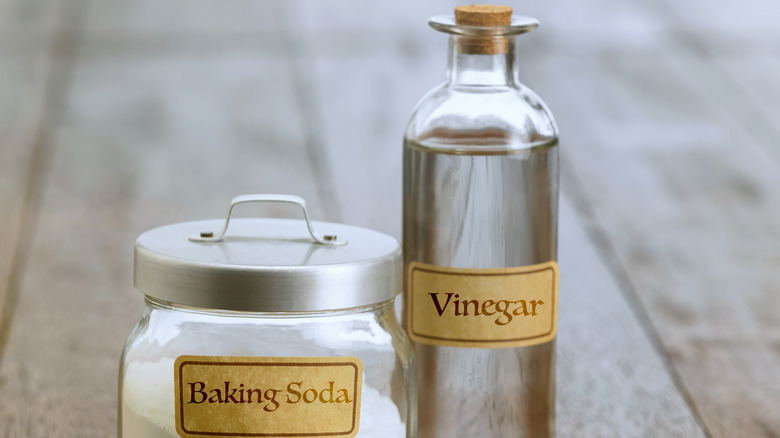


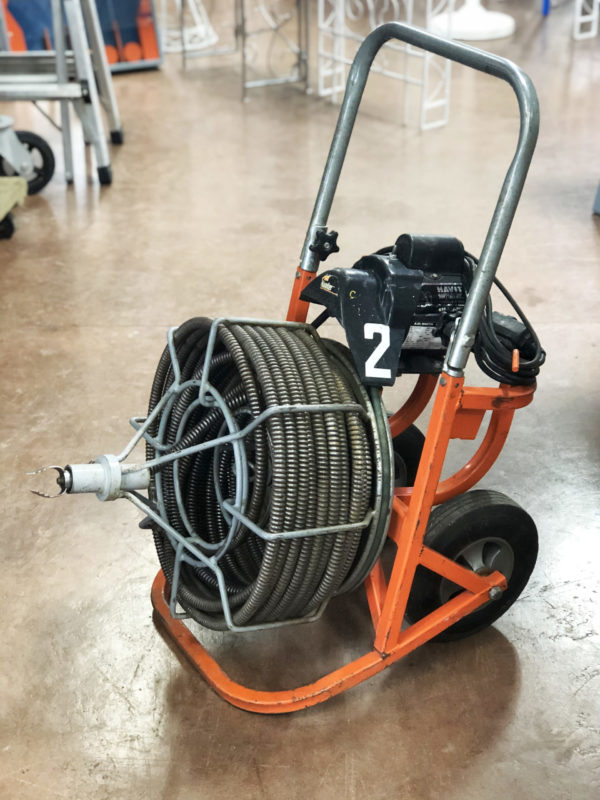

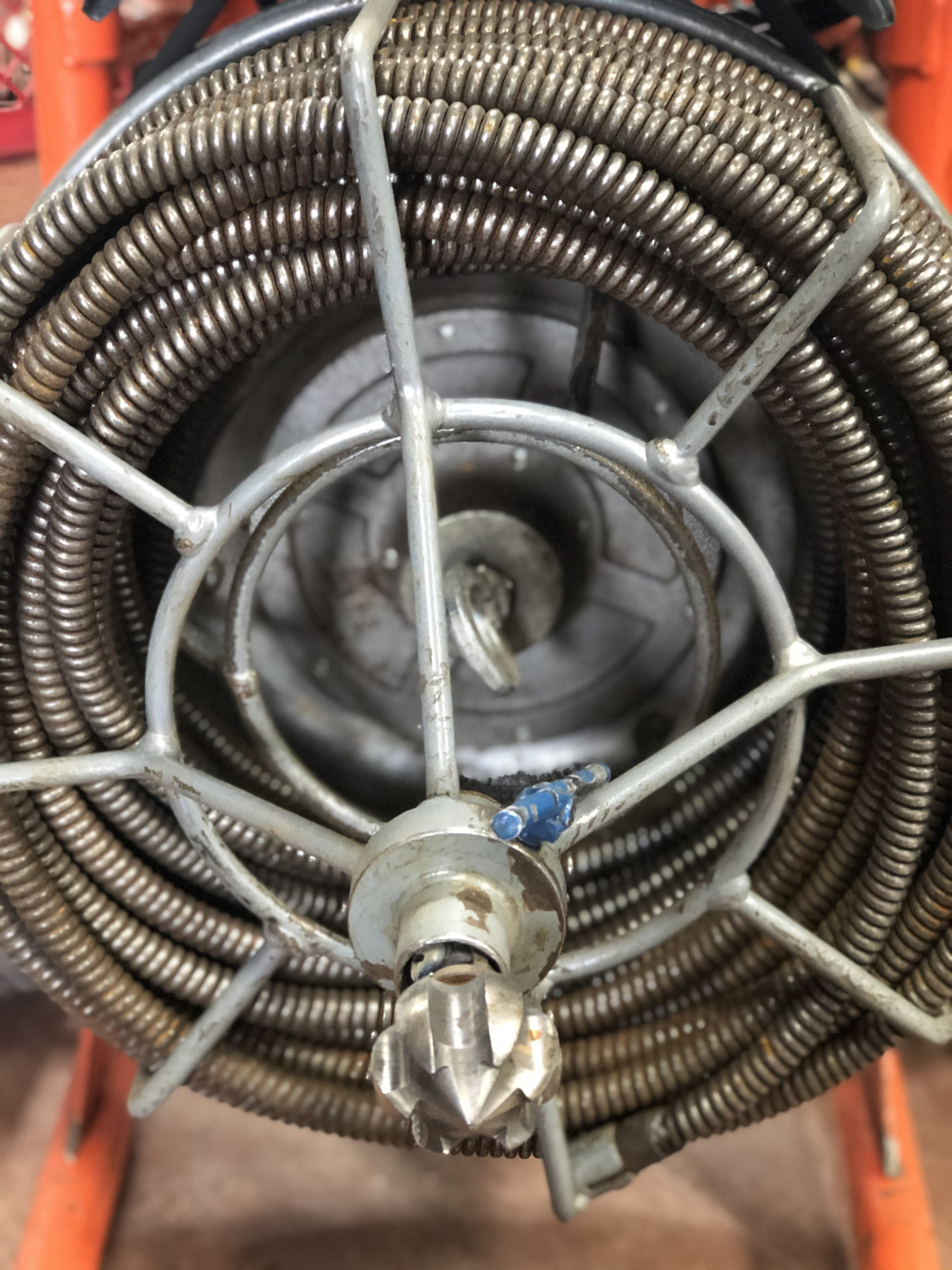
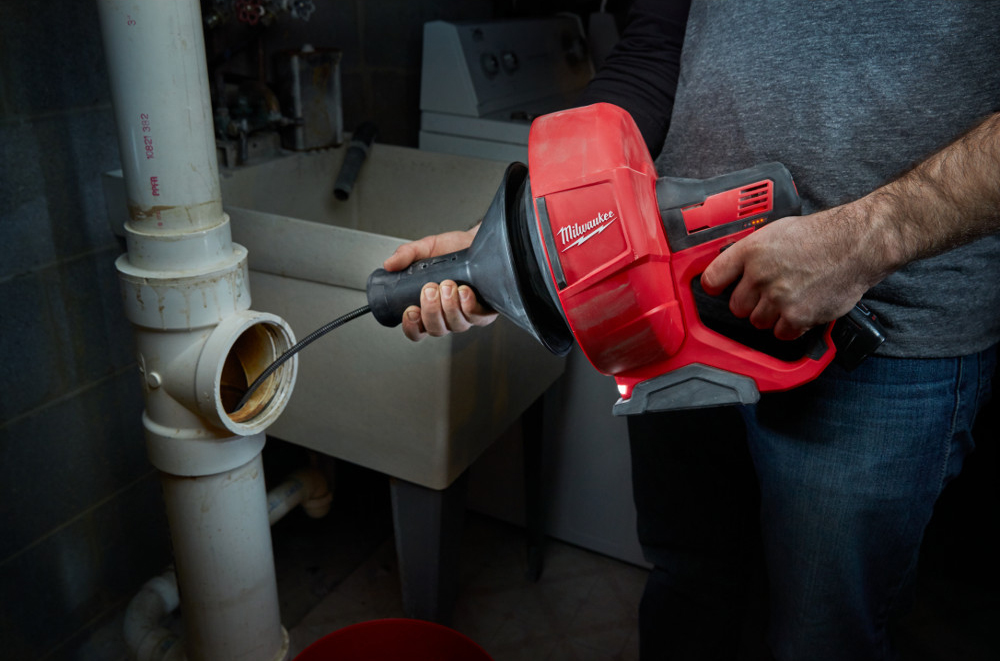

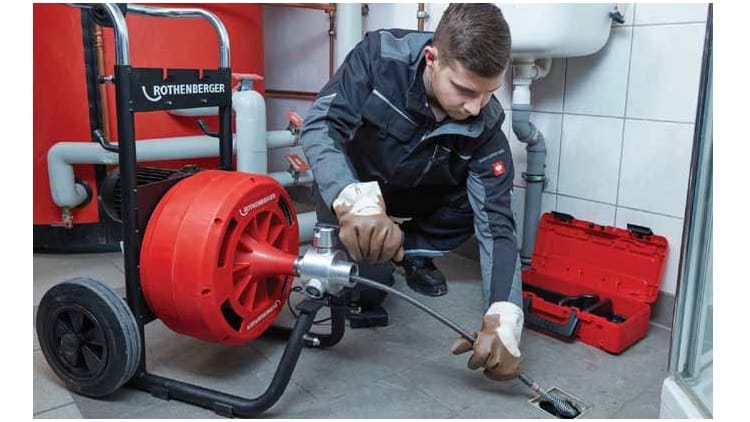


:max_bytes(150000):strip_icc()/Vastar-4-Pack-Drain-Snake-50b0e77281b244e386d046ca25ba76b6.jpg)

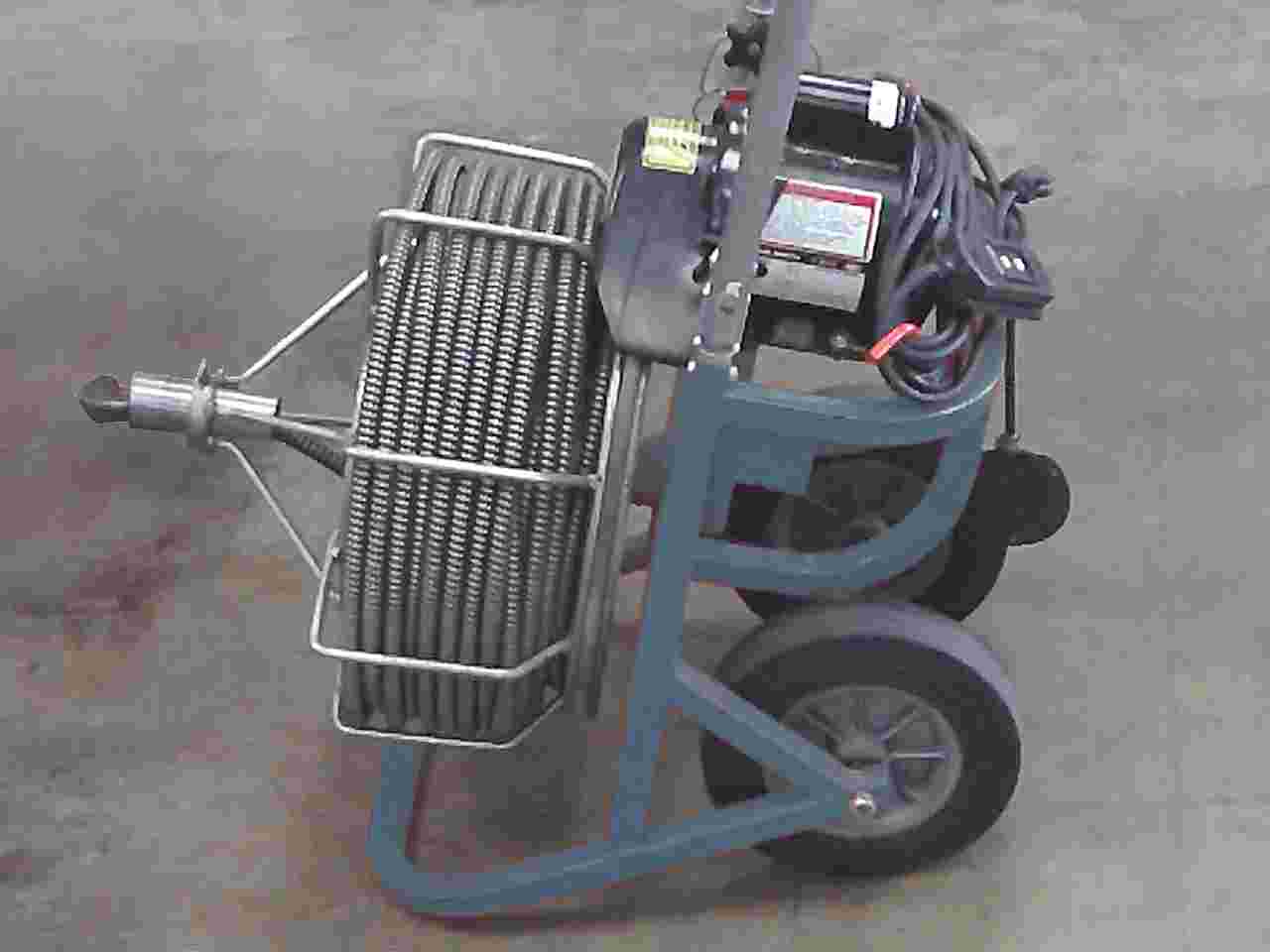







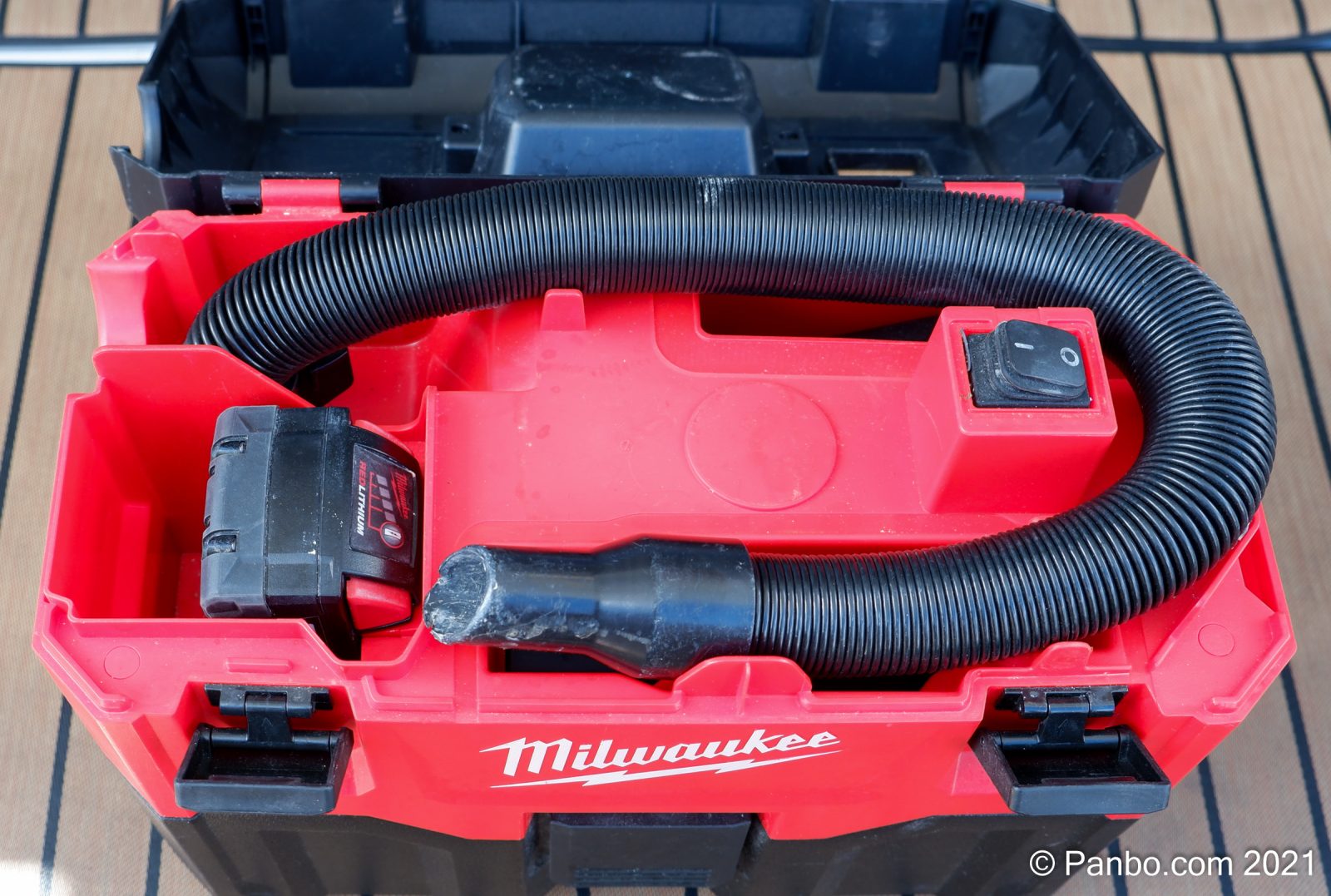
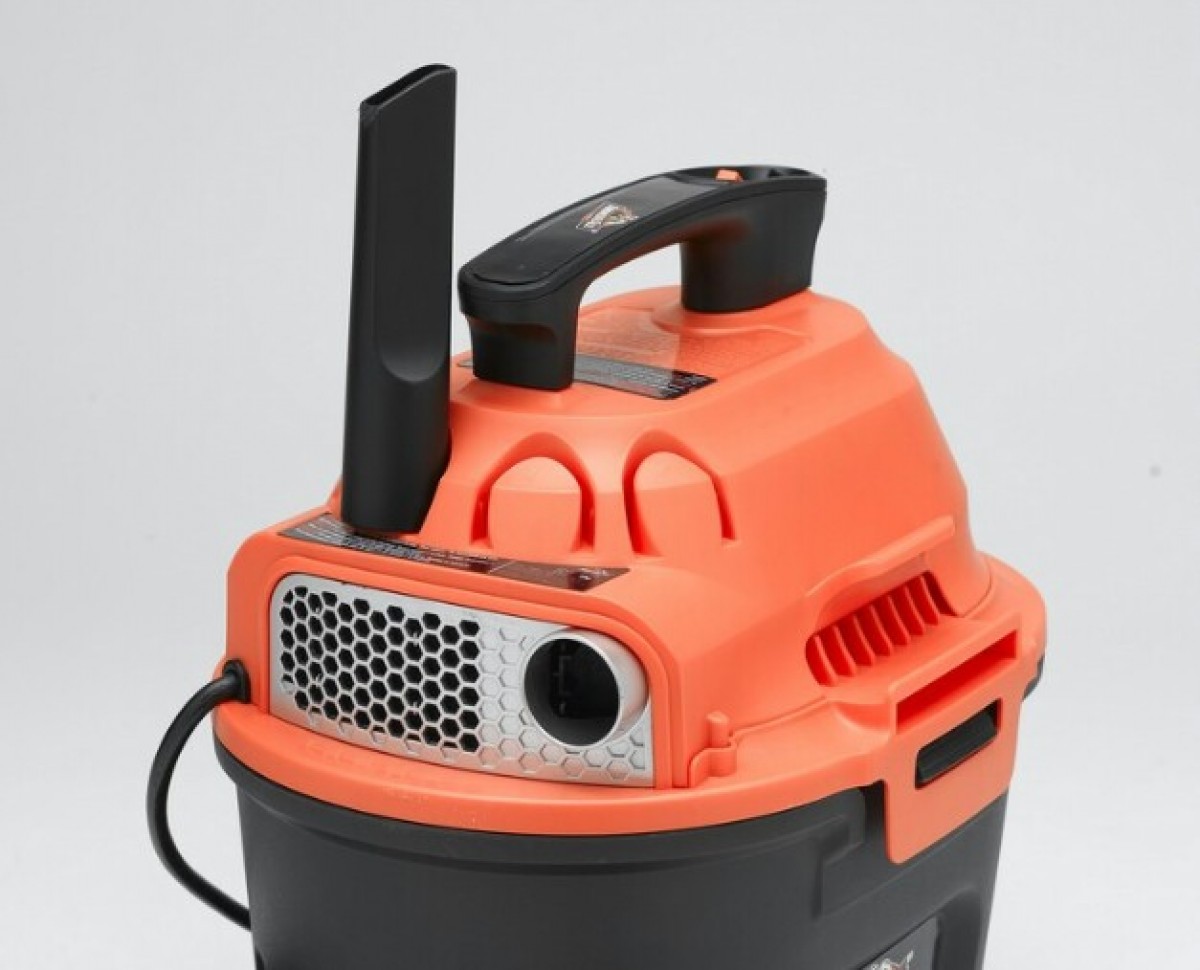
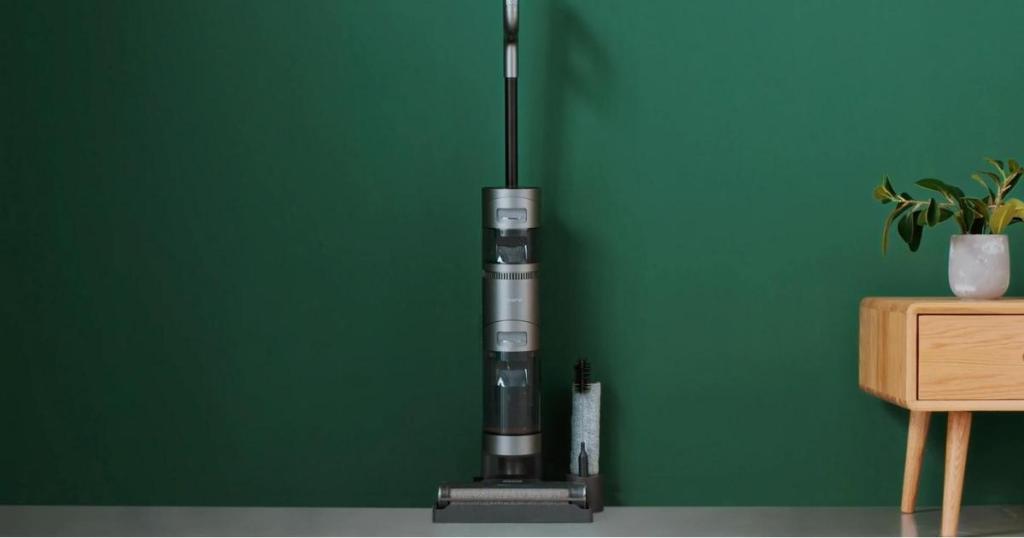
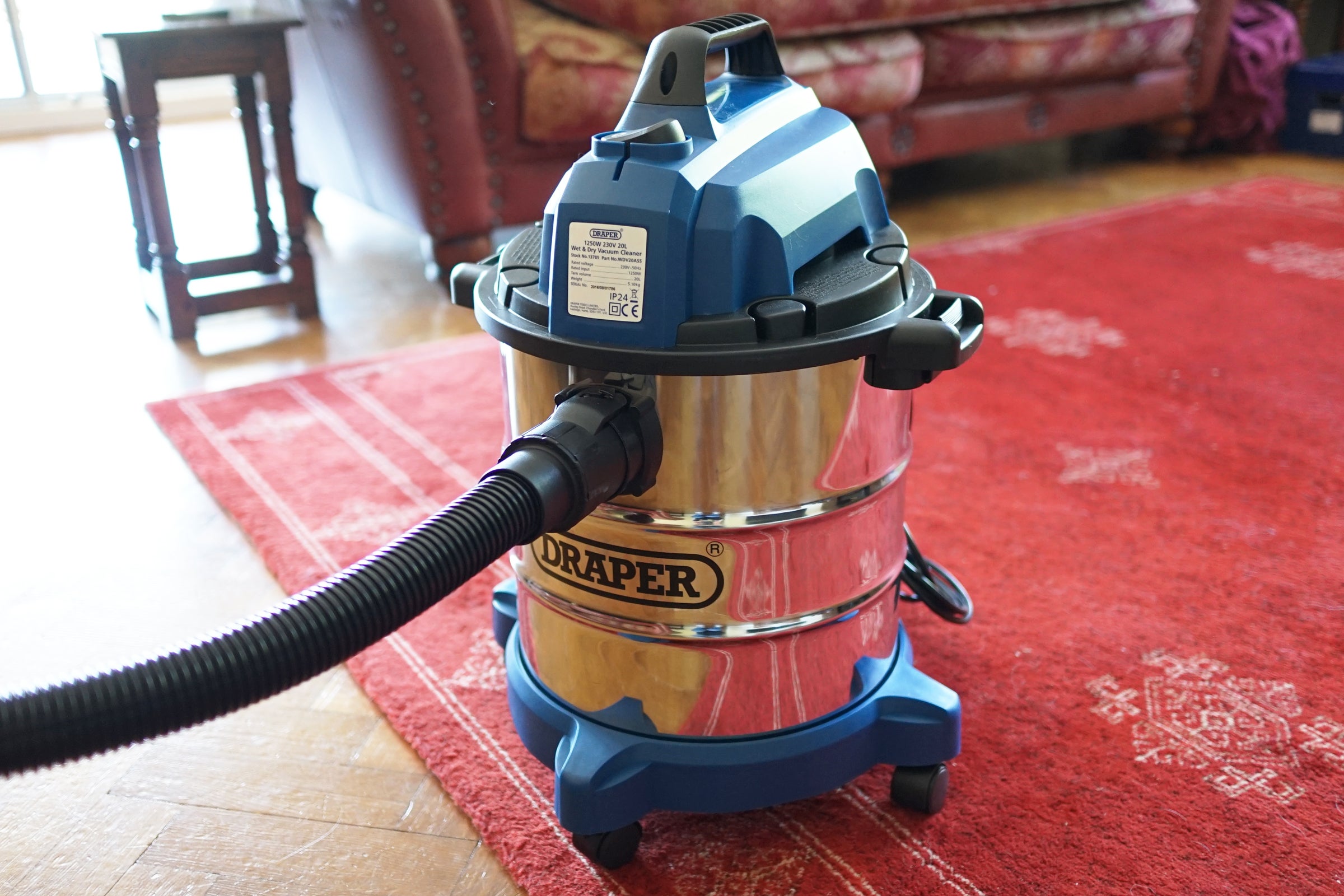










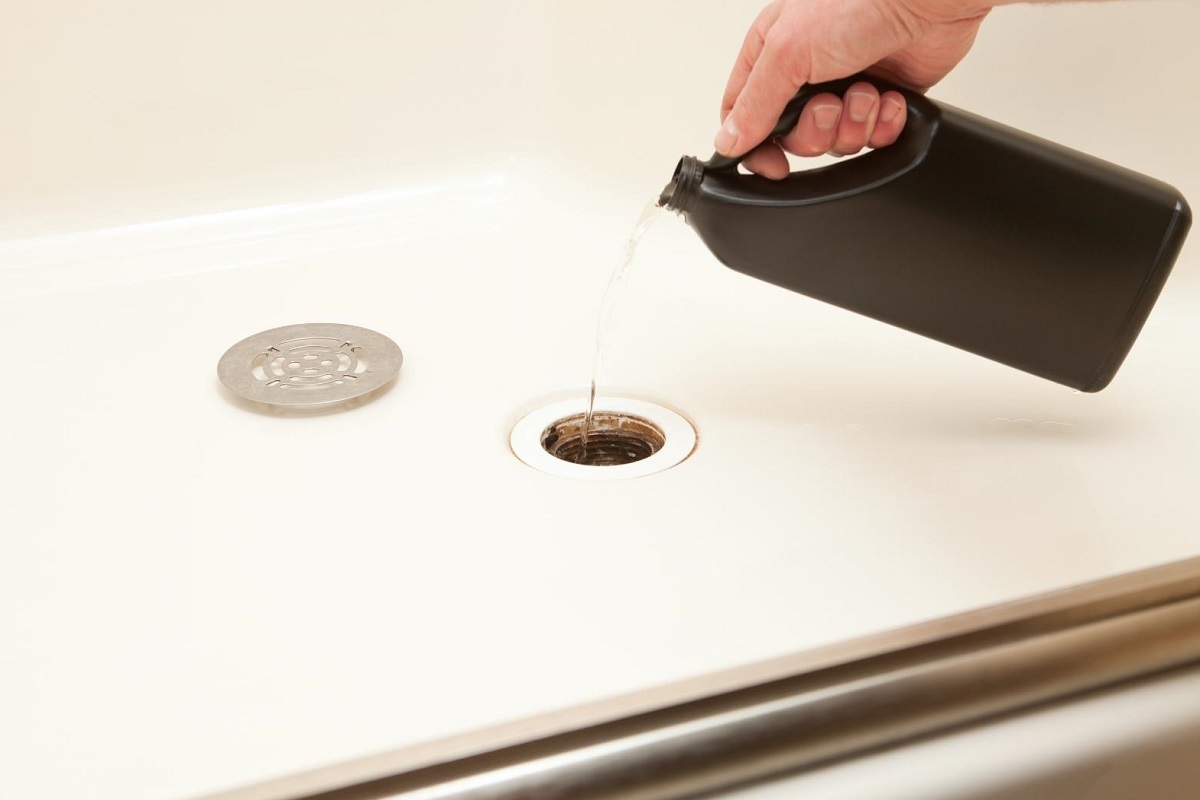

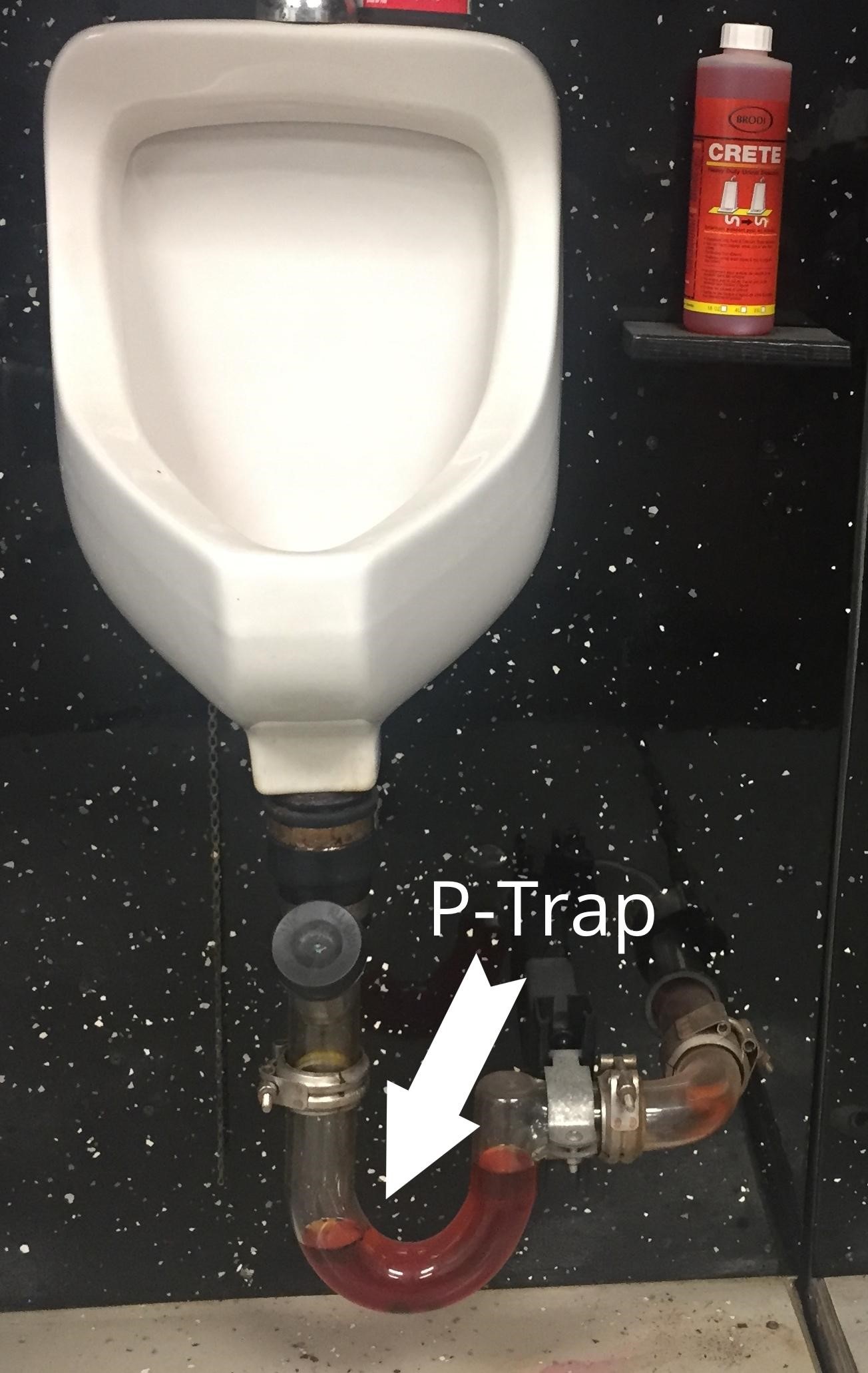




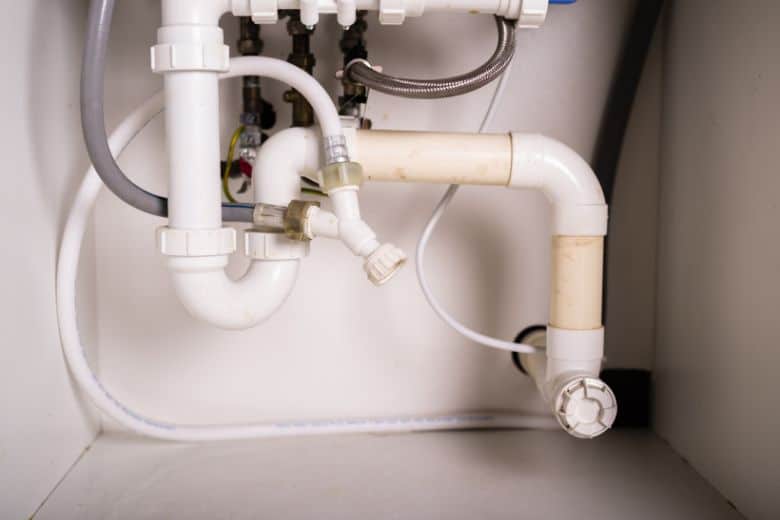
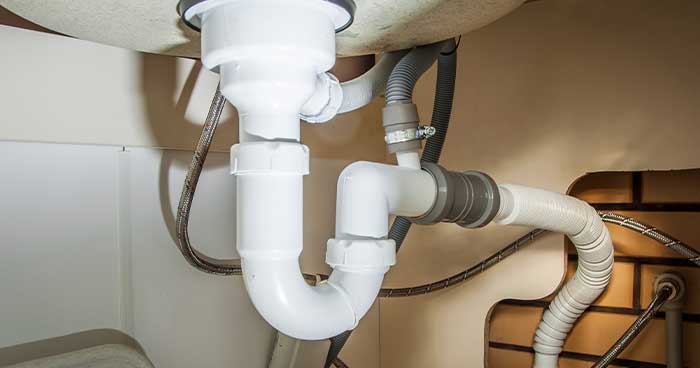
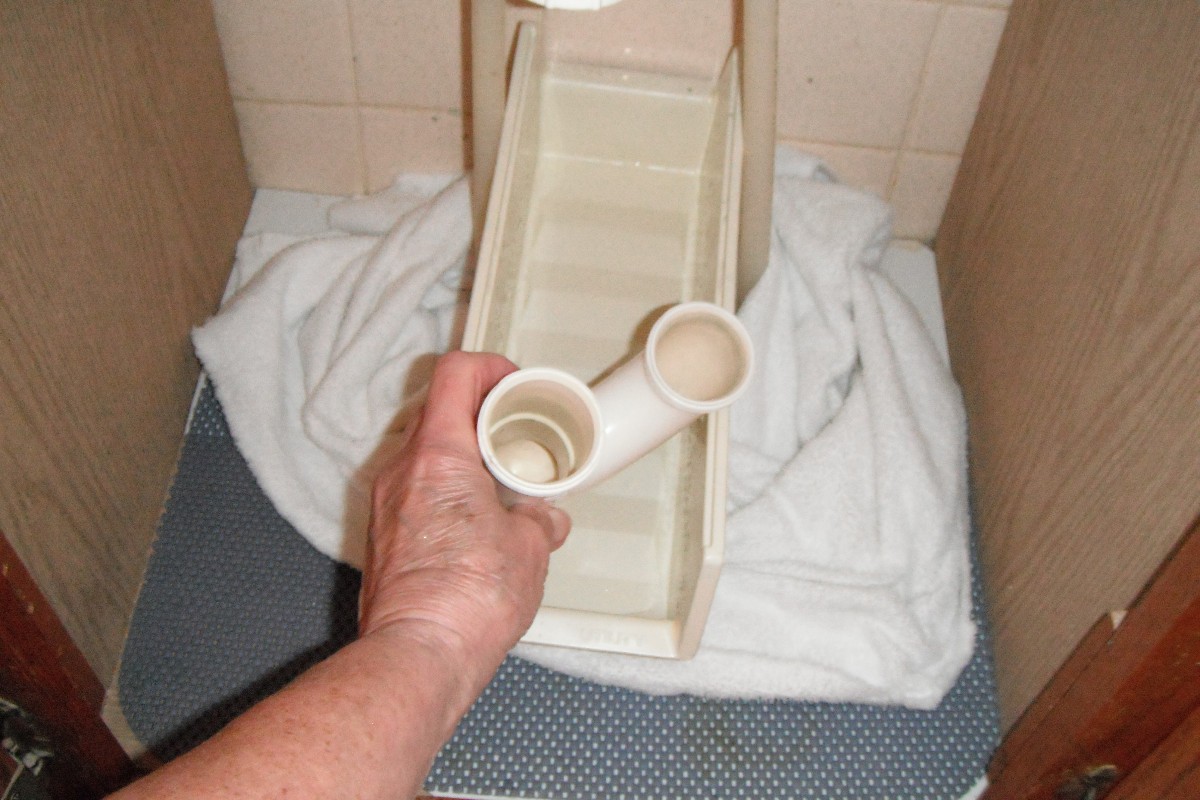




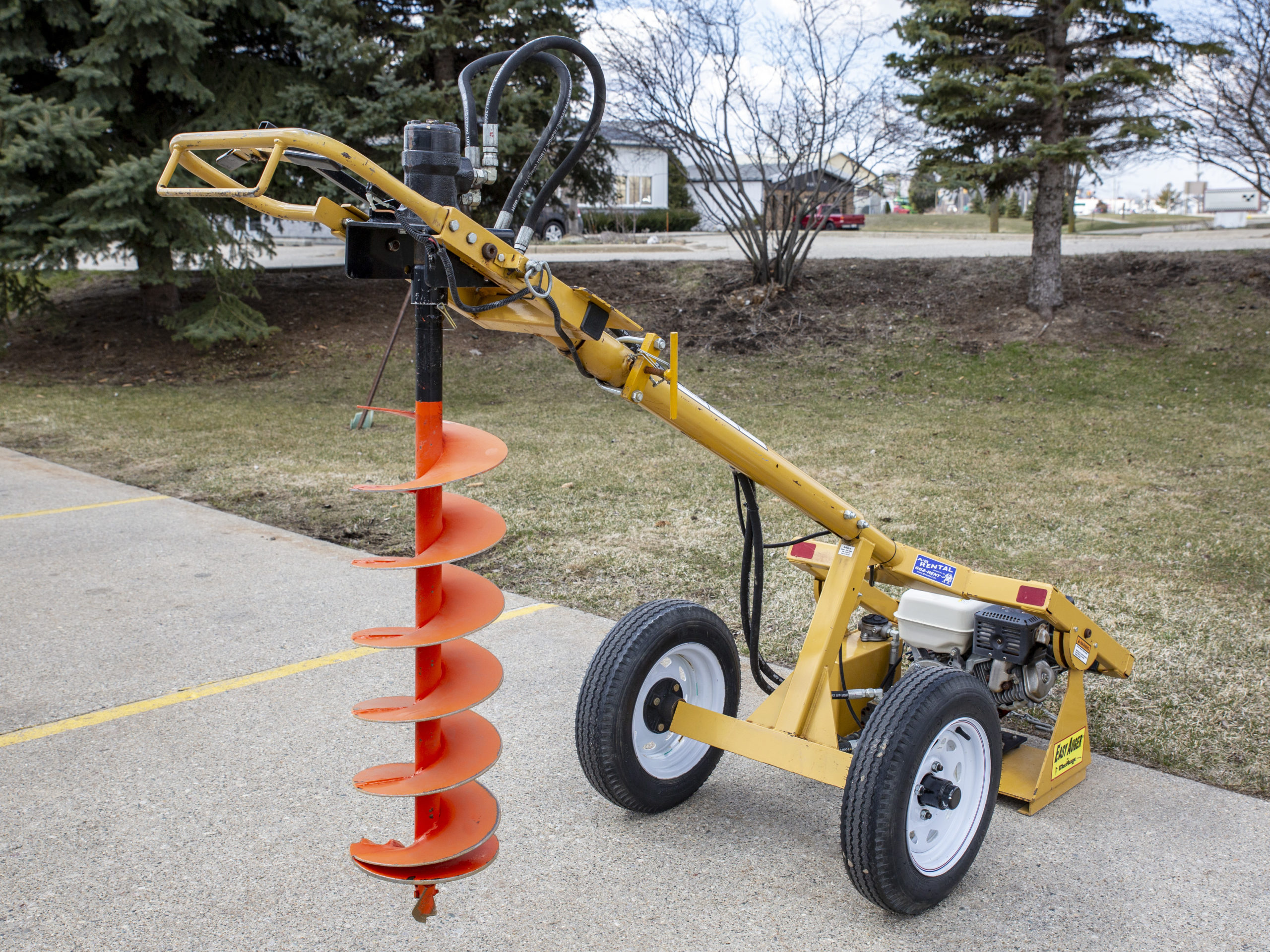
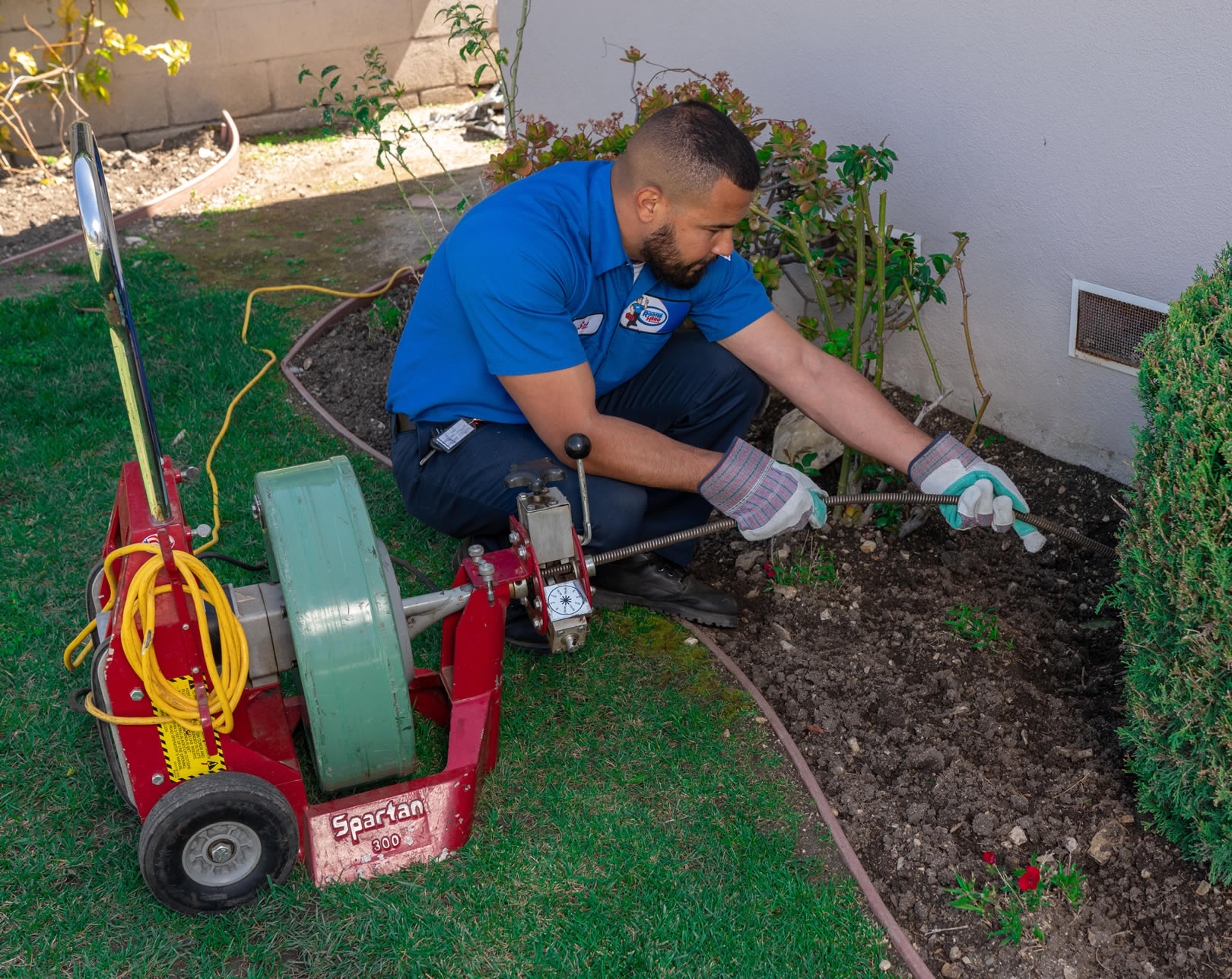
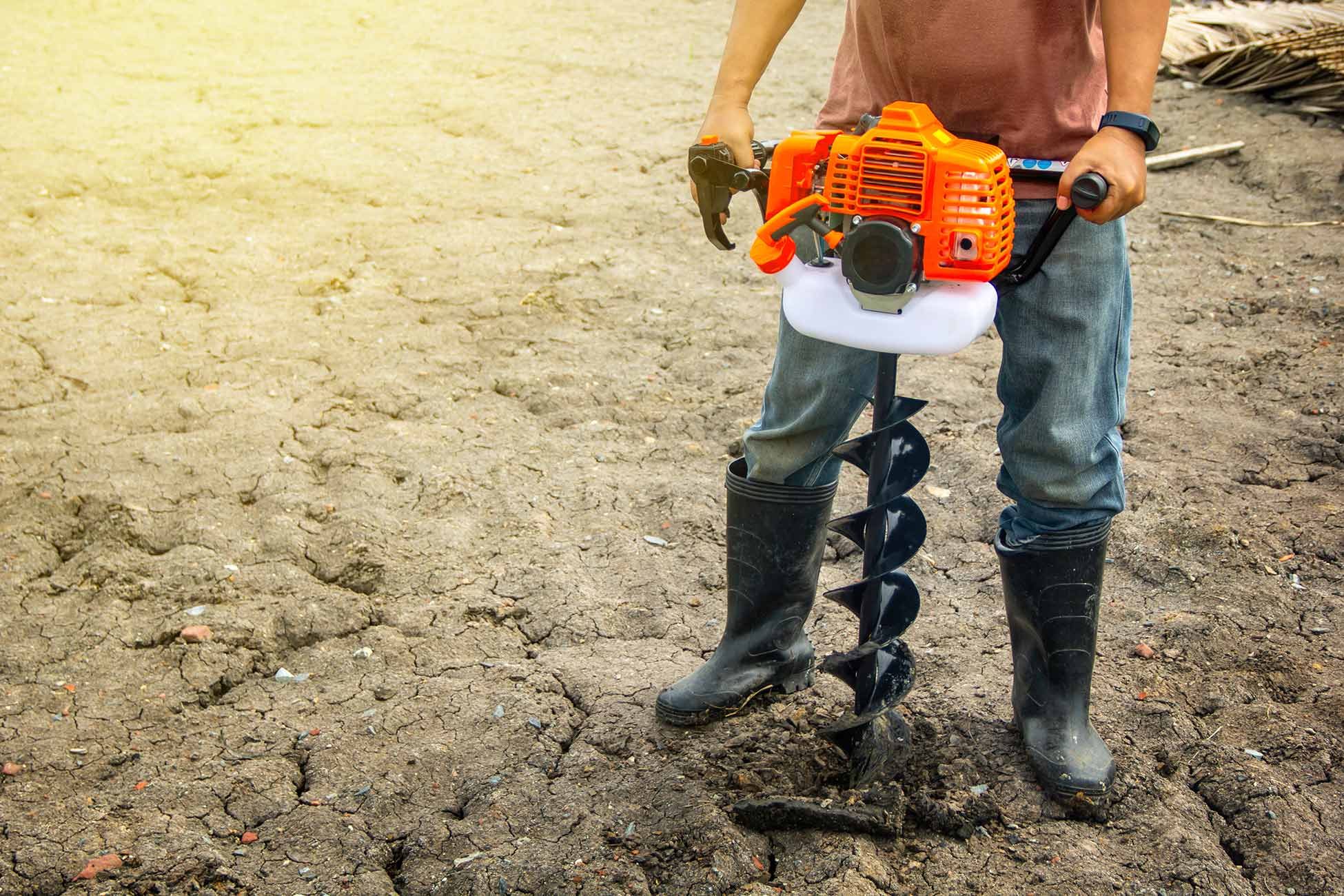
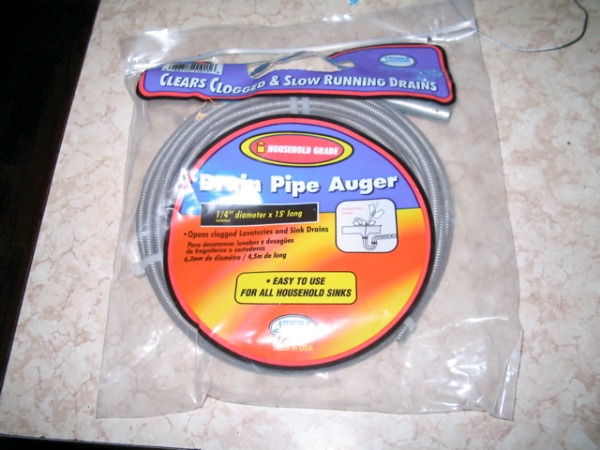



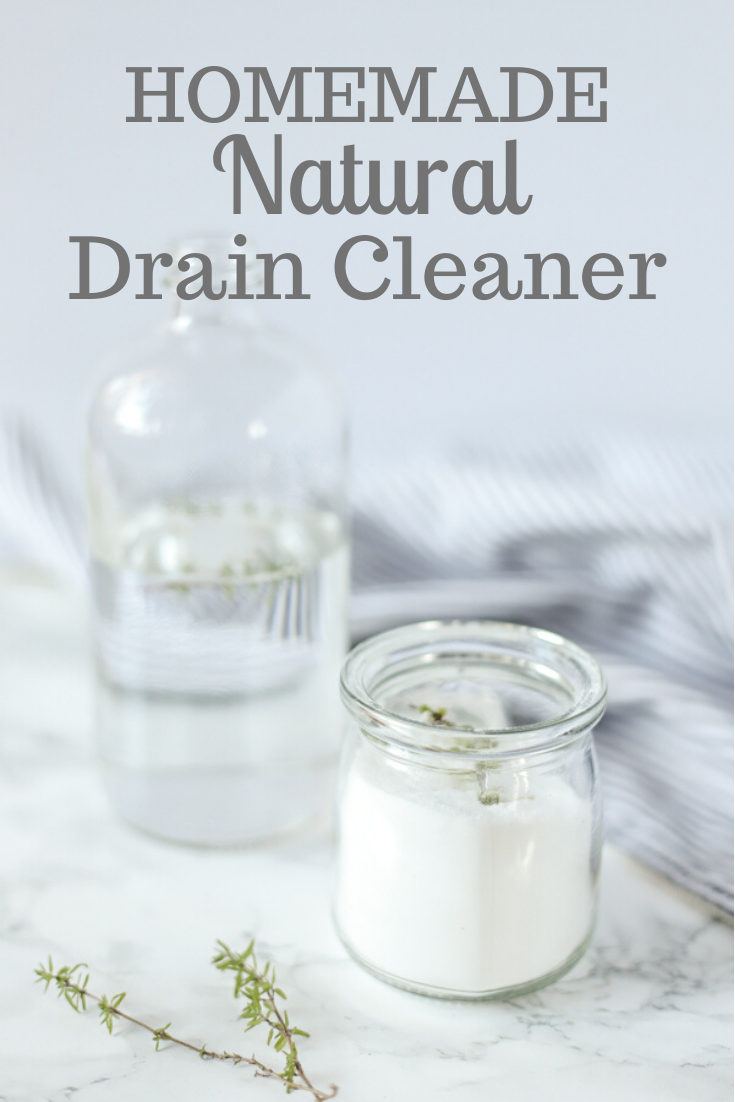

:max_bytes(150000):strip_icc()/homemade-drain-cleaner-2718784-10-d0d43469f00a45f6890b0a959d28cc8e.jpg)
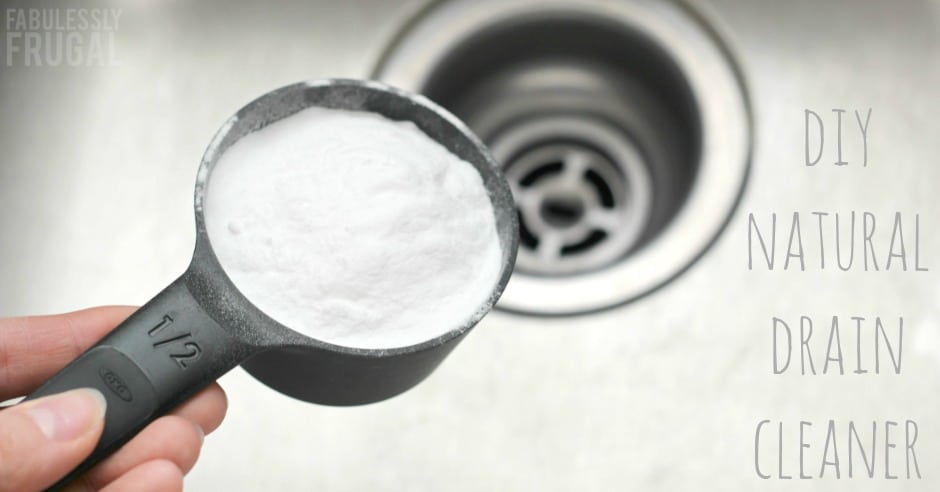
:max_bytes(150000):strip_icc()/homemade-drain-cleaner-2718784_01_1041-09a5264ba2a34698816e62a385f0895f.jpg)
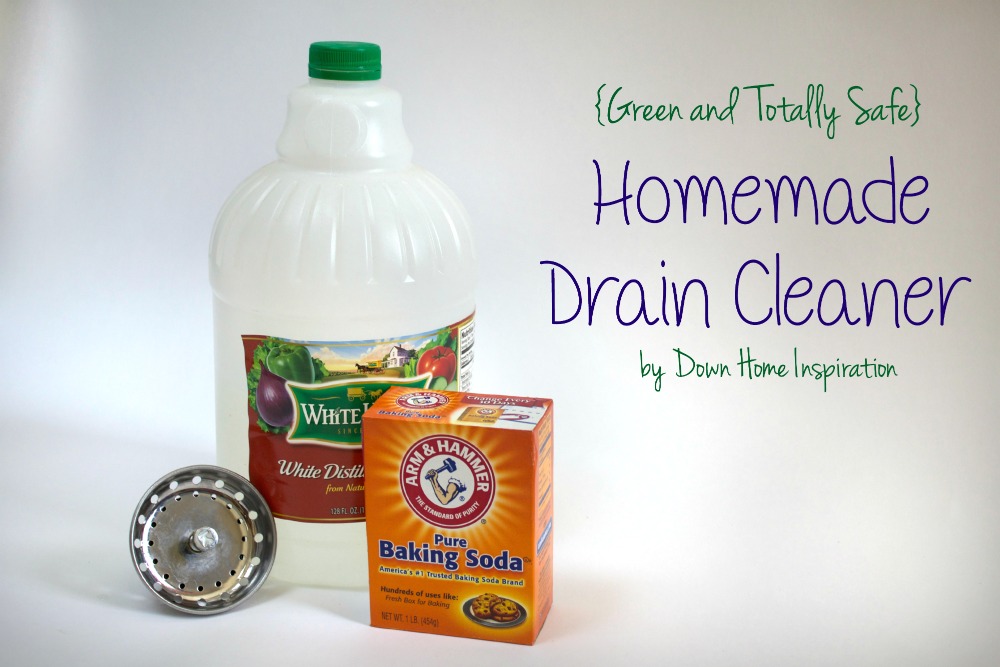
:max_bytes(150000):strip_icc()/homemade-drain-cleaner-2718784__03_1052-24cfb24130504dbb94b70957f617c58a.jpg)
